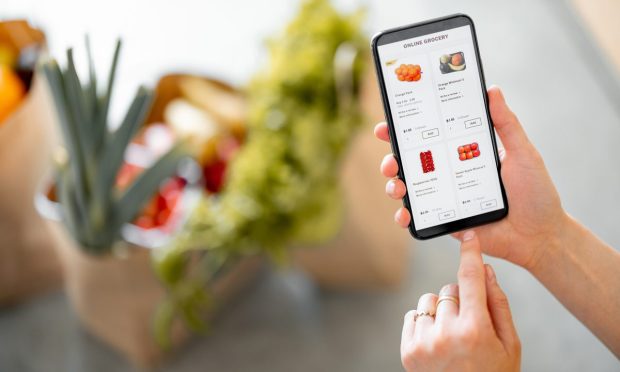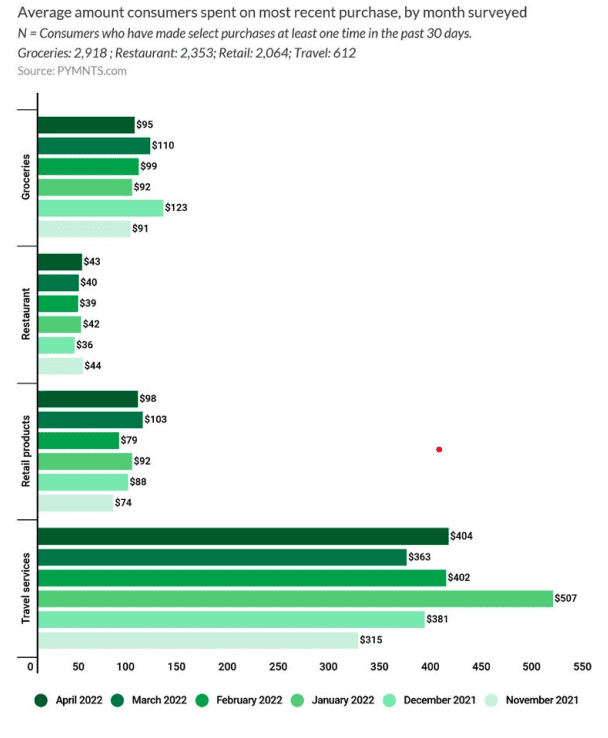Consumers Buy Cheaper Groceries, Use Digital Channels Amid Inflation

Inflation seems to hit hardest at the dinner table.
And because of soaring prices, we’re all getting a bit more creative, a bit more strategic, when it comes to keeping the family fed.
In economics, there’s a principle known as the “substitution effect,” which holds that when the price of a good increases, consumers will shift away from higher-priced choices toward lower-priced offerings.
Inflation continues to rage, and last week’s 8.6% jump can be pinned to double-digit price increases across a few key segments — most notably food and gasoline.
Read more: America’s Soaring Food and Fuel Problem Drives 8.6% Increase in May’s Inflation
In an age where gasoline averages $5 per gallon nationwide and transportation is a necessity, it’s getting harder to have enough money left over to fuel our bodies. Grocery prices were up more than 11% year on year, as measured in May. And to get a sense of what lies ahead, consider the fact that government projections estimate the price of eggs to be up more than 20% year on year.
See more: The Growing Cost of Food and Fuel
The Substitution Effect
PYMNTS’ data shows that the “substitution effect” is in full force. Research from the May U.S. edition of PYMNTS’ Digital Economy Payments study, “Digital Economy Payments: How Consumers Pay in the Digital World,” showed that consumers’ average spending on their grocery purchases fell between March and April. This is not evidence that families are buying less (in terms of quantity); it’s evidence that they are making the move to buy less expensive staples.
Read more: Insufficient Funds Caused 27% of Consumer Payment Declines in April
We can see the trend in the chart below, where in April, the average expenditure on groceries was $95, down from $100 in March, and well below the recent peak of $123.

Incidentally, this is not a U.S.-only phenomenon. Reuters reported Friday (June 17) that Tesco management in the U.K. has said Britons are embracing cheaper products as a means to offset inflation.
And, as we’ve found in recent days, price is becoming a key determinant of value, a key driver of loyalty.
Earlier this year, PYMNTS’ study “Decoding Customer Affinity: The Customer Loyalty to Merchants Survey 2022” found that 37% of grocery shoppers cited price as the single most influential factor when selecting a merchant from which to purchase.
See more: Price Edges out Brand Loyalty as Consumers Feel Financial Pinch
There’s also been a shift toward using platforms and aggregators to get everyday foodstuffs into the pantry. In May, use of same-day delivery options from aggregators was up 36%, rising from 4.7% to 6.4%.
Read more: Daily Grocery Aggregator Use Is Spiking, PYMNTS Research Reveals
There’s a lot of greenfield opportunity left for that continued pivot. And it hints at a “just-in-time” mentality governing mealtime, where perhaps consumers are timing the grocery shopping (OK, delivery) to coincide with their cash flow availability in the paycheck-to-paycheck economy.
